Most classic sparkling wines sit between 4 and 6 atmospheres of dissolved CO₂, with lighter styles around 1–2. Pressure changes bubble size, texture, aromas, and even bottle choice. This guide explains the science and gives practical tips for opening, pouring, and pairing.
The pressure truth, in plain words
Sparkling wine is a balance of wine, dissolved carbon dioxide, and time. In bottle, that dissolved gas exerts pressure measured in atmospheres. Classic-method bottles typically land around 5–6, many tank‑method wines around 3–4, and lighter, semi‑sparkling styles hover near 1–2. Lighter pressure means softer bubbles and an easier glide across the palate; higher pressure brings a tighter bead and a more pronounced lift of aroma.
If you want a simple mental model: pressure is the engine, bubbles are the wheels, texture is the ride.
 How the bubbles get in there
How the bubbles get in there
There are three big paths to sparkle, and they influence pressure.
Traditional method (often called méthode champenoise): a still base wine is bottled with yeast and sugar. The second fermentation happens in that same bottle, trapping carbon dioxide and raising pressure over months. This slow pressure build often creates a fine bead and autolytic notes like brioche and pastry.
Tank method or Charmat: the second fermentation runs in a sealed tank, then wine is filtered and bottled under pressure. The texture tends to be fruit‑forward and bright, with bubbles that feel a touch larger on the palate. Pressure is commonly a bit lower than the highest‑pressure traditional bottles, though quality spumante can still carry solid fizz.
Ancestral method or pét‑nat: the wine finishes its first fermentation in bottle. Pressure is typically lower and more variable, the bead softer, the flavors fresh and sometimes a little wild.
Pressure, bubbles, and what you taste
The physics are friendly if you keep them simple. Henry’s law says dissolved gas in a liquid depends on pressure and temperature. Chill a bottle and you keep more gas in solution, which means a calmer opening and finer bead. Warm it and the pressure feels more aggressive at the cork.
What you’ll notice in the glass:
-
Bubble size and feel: higher pressure tends to yield a tighter, more persistent stream of bubbles; lower pressure feels creamier and gentler.
-
Aromatics: bubbles are little elevators. A livelier bead can lift citrus, orchard‑fruit, or floral notes more strongly.
-
Mousse and texture: fine persistent fizz can feel chalk‑dust fine; lighter pressure reads as a soft foam, often great for aperitivo.
Serving smarts: open, pour, and glassware
Chill thoroughly, especially for higher‑pressure bottles. Aim for 43–48 °F for classic‑method and 45–50 °F for tank‑method or lightly sparkling wines. Cold wine holds carbon dioxide more calmly and won’t gush.
Opening: keep a thumb on the cork, tilt the bottle at 45 degrees, and slowly twist the base while holding the cork steady. You want a quiet sigh, not a pop. That keeps the mousse fine and the wine in your glass.
Glass choice changes the conversation. A white‑wine tulip works better than a narrow flute if you care about aroma, because the bulb lets bubbles rise and the nose actually smell the wine. Use a clean, grease‑free glass so bubbles can form consistently.
Safety and storage
A 5–6‑atmosphere bottle holds pressure similar to a bus tire. Treat it with respect. Don’t point the cork at anyone, and watch your hand placement when removing the cage. Store bottles on their side for traditional‑method wines with corks, upright for short‑term chilling, and always out of heat.
If you love sabrage, do it only when you have space, a clear arc, and real practice. Otherwise, stick to the quiet sigh.
Styles by pressure, very briefly
-
Semi‑sparkling: roughly 1–2 atmospheres. Softer bead, often labeled frizzante in Italy. Easy with snacks and lighter dishes.
-
Fully sparkling: commonly 3–6 atmospheres depending on style and method. Traditional‑method wines often sit near the top of that range.
Remember, labels vary and regulations define categories by pressure thresholds, but your senses tell you the useful story: how fine the bubbles feel, how persistent the stream is, how the wine carries aroma.

Pairing by feel
Match bubble energy to the plate. Lighter pressure loves fried snacks, soft cheeses, and simple seafood. Higher pressure shines with briny oysters, caviar, battered fish, and dishes that benefit from a palate reset. Creamy sauces find a friend in autolytic, classic‑method wines whose bubbles lift richness without overwhelming it.
A simple home test: pour a lightly sparkling wine with plain potato chips, then try a high‑pressure classic‑method next to salt‑and‑vinegar chips or fried chicken. Texture and acidity do the heavy lifting.
Buying and storing without guesswork
If a label mentions traditional method or a long time on lees, expect a finer mousse and higher pressure. If it says tank method and highlights fresh fruit, expect a friendlier bead and a more immediate drinking window. For pét‑nat, expect variability and chill hard.
Buy from shops that store fizz cold and dark. Sparkling wine is sensitive to heat and vibration, and pressure plus warmth can push corks.
The take‑home
Pressure is more than a number. It shapes bubble size, texture, aroma, and even how you open and pour. Learn what you like by paying attention to the bead and the finish. Whether you reach for a feather‑light frizzante at 1–2 atmospheres or a classic‑method bottle humming near 6, you’re choosing a texture as much as a taste.
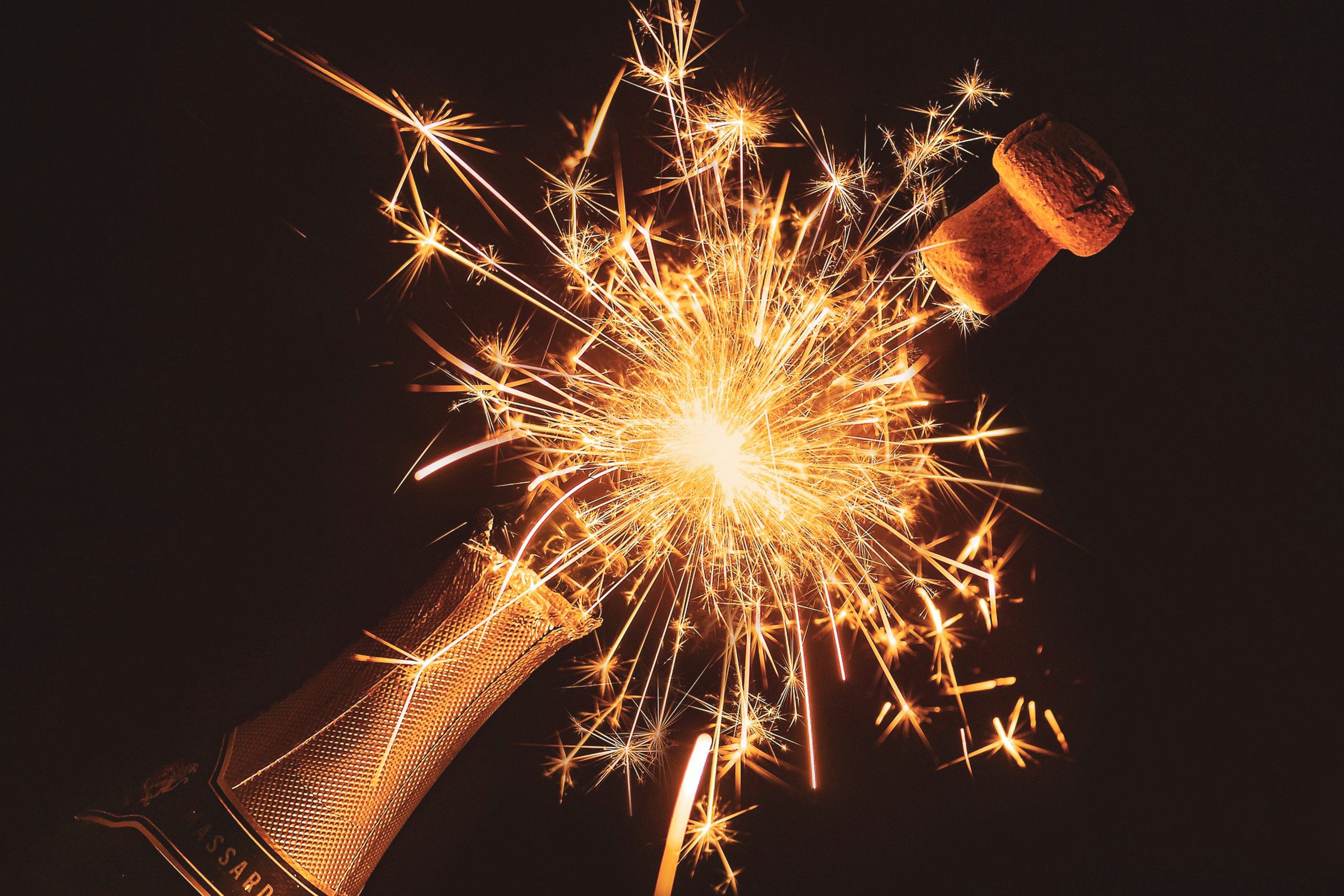

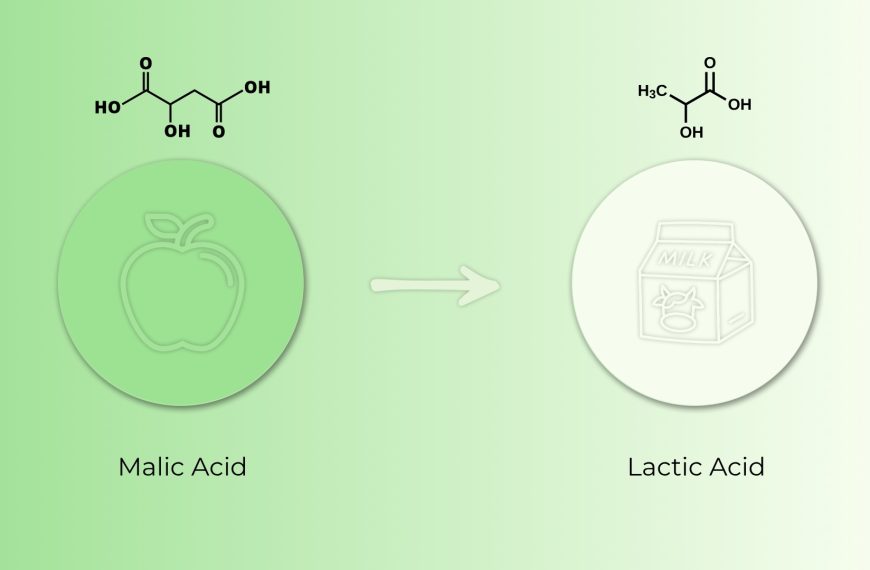
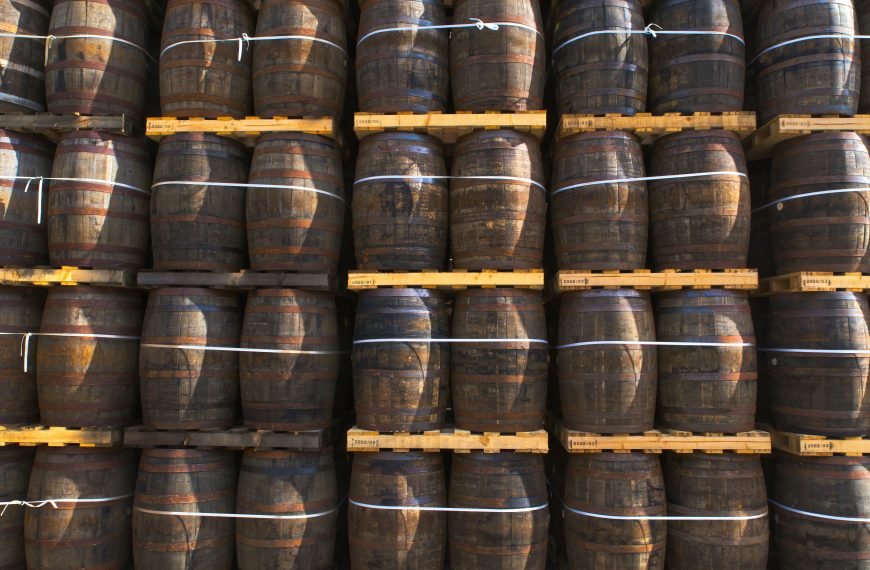

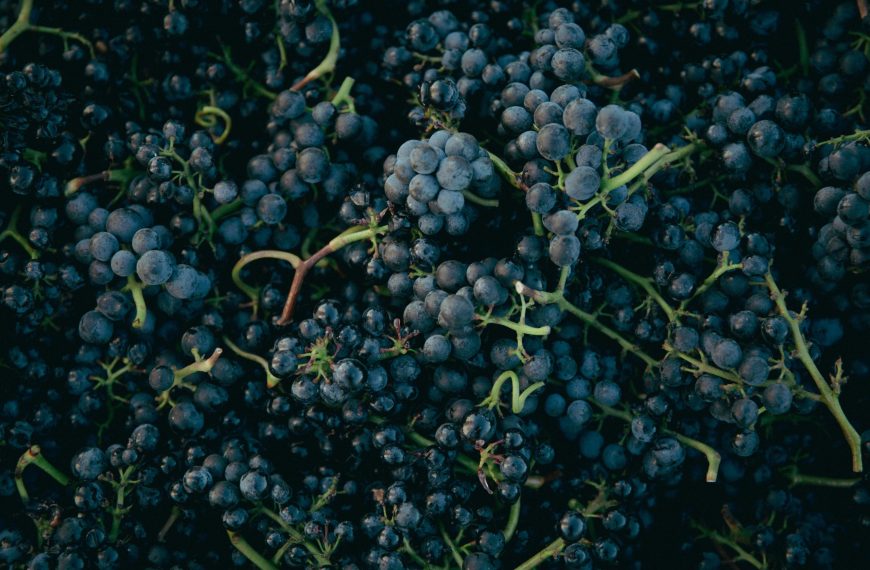



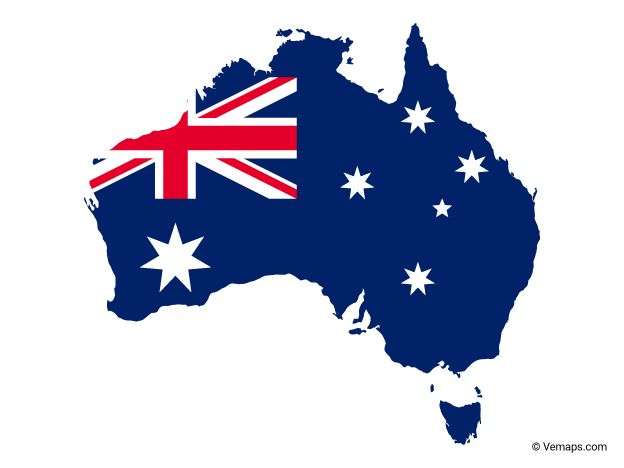
Comments